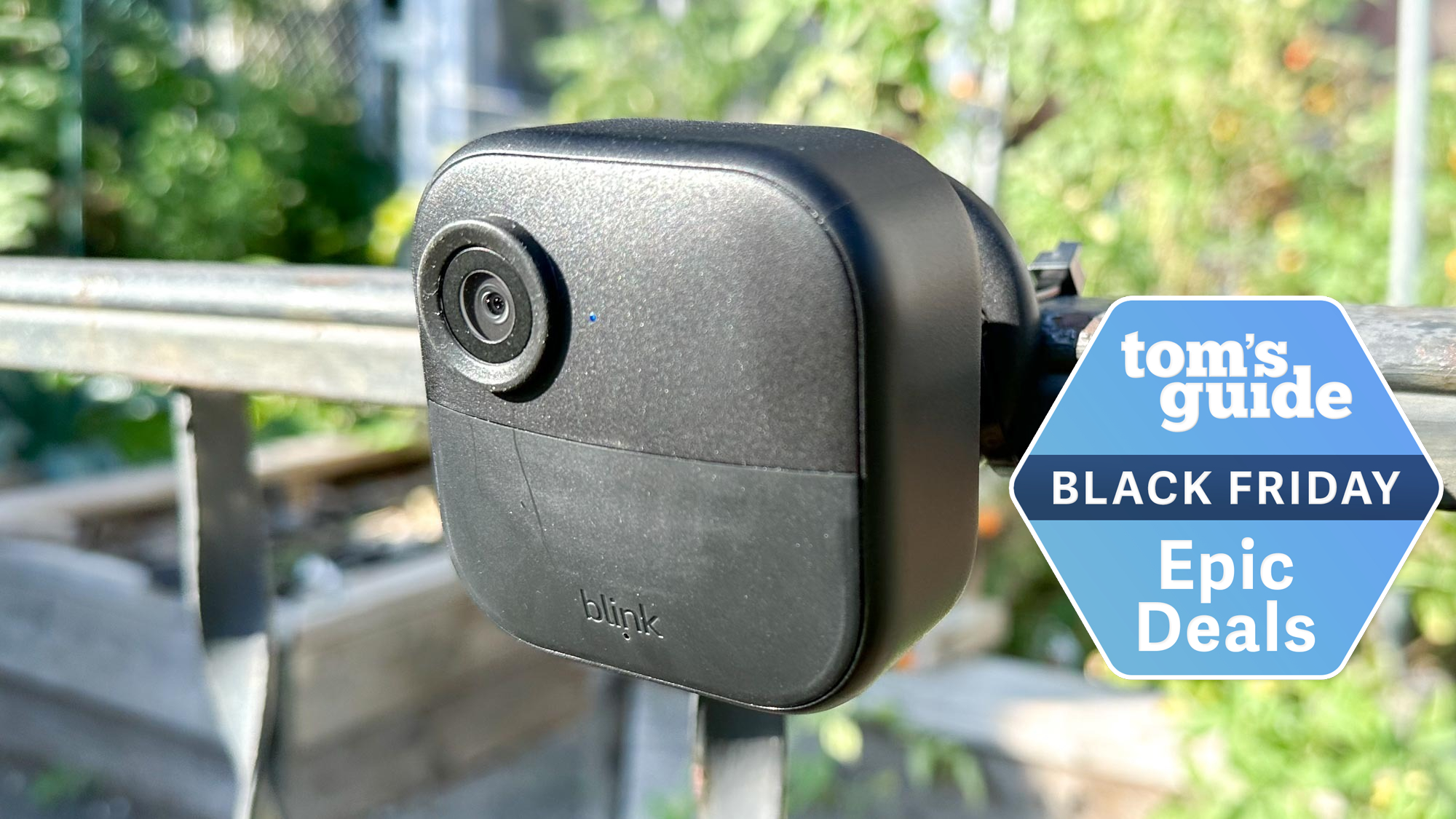Meta Quest 4 rumors: Everything we know so far
Everything we know so far about Meta Quest's successor
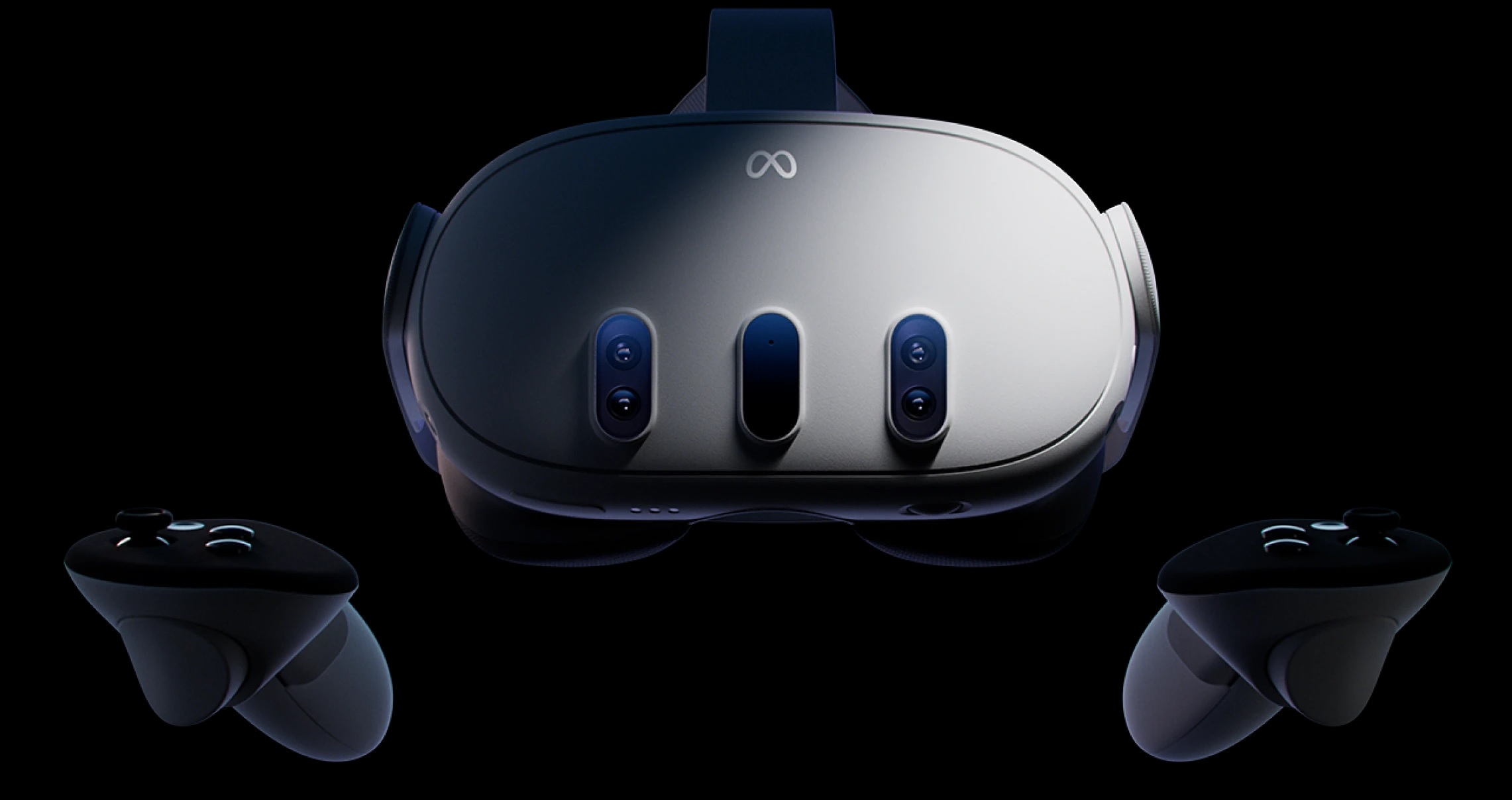
It's hard to deny that Meta is the undisputed king of VR right now, with its Quest 3 and Quest 3S being among the best VR headsets to get. So it's only fitting that a Meta Quest 4 is in the cards, and there's already a lot of talk about the rumored headset.
Making VR accessible to all with the release of the Quest 3S in October 2024, along with the recent Quest 3S Xbox Edition in June, Meta appears to be on track to evolve its VR headset offerings, but it may not be the Quest 4 that comes first.
With the now-revealed Meta Ray-Ban Display smart glasses, along with the next-gen Ray-Ban Meta (Gen 2), stealing the show at Meta Connect 2025, indicating that the Quest 4 headset will launch until a later date, along with a "high-end model that could eventually become a successor to the Quest Pro mixed-reality headset," according to Bloomberg's Mark Gurman, it may be a while until we see what CEO Mark Zuckerberg has up his sleeve for its next VR headset.
However, it's been reported that Meta is already working on a new Quest 4, so it may only be a matter of time until we find out what the Quest 4 has to offer.
For the latest updates on Meta's highly anticipated VR headset, find out all you need to know about the Meta Quest 4 below
Meta Quest 4: Rumored release date

There's no official word when the Meta Quest 4 may arrive, but rumor has it we won't see it anytime soon.
The next trending device on the market is set to be smart glasses, which are almost an evolution of VR headsets. Meta is looking to beat its competition, including the rumored Apple smart glasses and upcoming Snap Spectacles in 2026, with its own Meta Ray-Ban Display smart glasses launching September 30.
Get instant access to breaking news, the hottest reviews, great deals and helpful tips.
Because of this, the Meta Quest 4 is now rumored to arrive in 2027. Meta appears to be shifting focus for its upcoming VR headset plans, with notable leakers Brad Lynch and Luna on X stating that the company may switch the release of the Quest 4 from next year to 2027.
This is apparently due to two planned prototype headsets, codenamed "Pismo Low" (a budget model similar to the Quest 3S) and "Pismo High" (a high-end headset akin to the Quest 3), being canceled. That, and having its smart glasses coming instead.
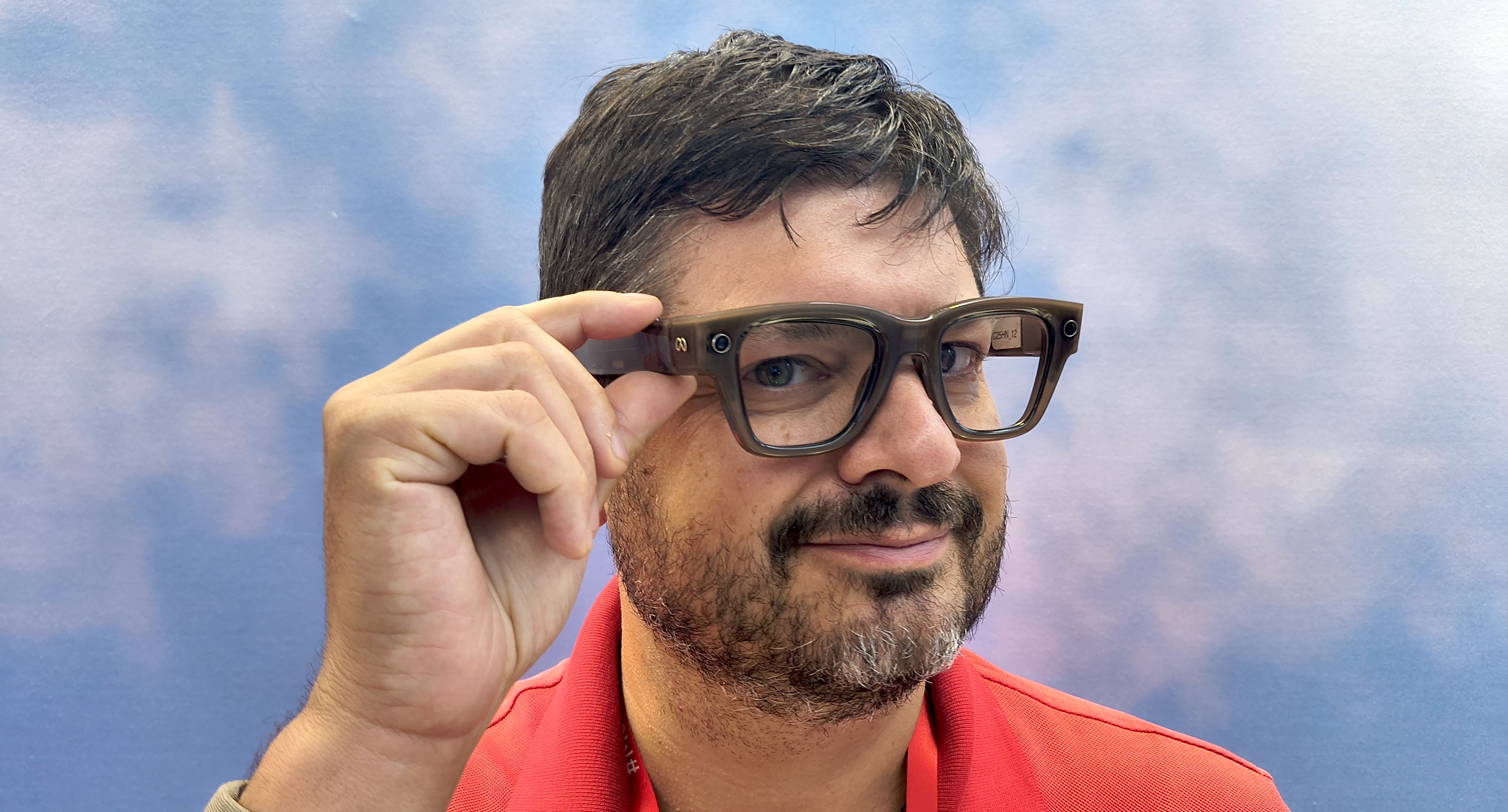
Not exactly "virtual reality" as with a VR headset. But for smart glasses, this is juicy.
While the Quest 4 may not arrive until 2027 now, the AR/AI glasses may give us a taste of what to expect when the Quest 4 looks to launch.
Meta Quest 4: Design
The Meta Quest 3 and Quest 3S have been applauded for their design, with the former's pancake optics offering better display resolution (2,064 x 2,208 pixels per eye), and the 3S featuring the same fresnel lenses as the Meta Quest 2 (1,832 x 1,920). Is there room for improvement? Sure. However, what's surprising is Gurman describing the future product as "Quest 4 VR goggles" rather than a headset.
This may just be another way of Gurman saying "headset," or a nod to the smart glasses instead. But having a more slimmed-down form factor with design cues of Meta's Ray-Ban Display glasses makes sense.
While details on the Quest 4 (and a possible Quest Pro successor) are still up in the air, we may have some hints at what it may bring. For one, the Meta Ray-Ban Display specs come with a Neural Band, or wristband, to make gestures that translate into actions for the smart glasses.
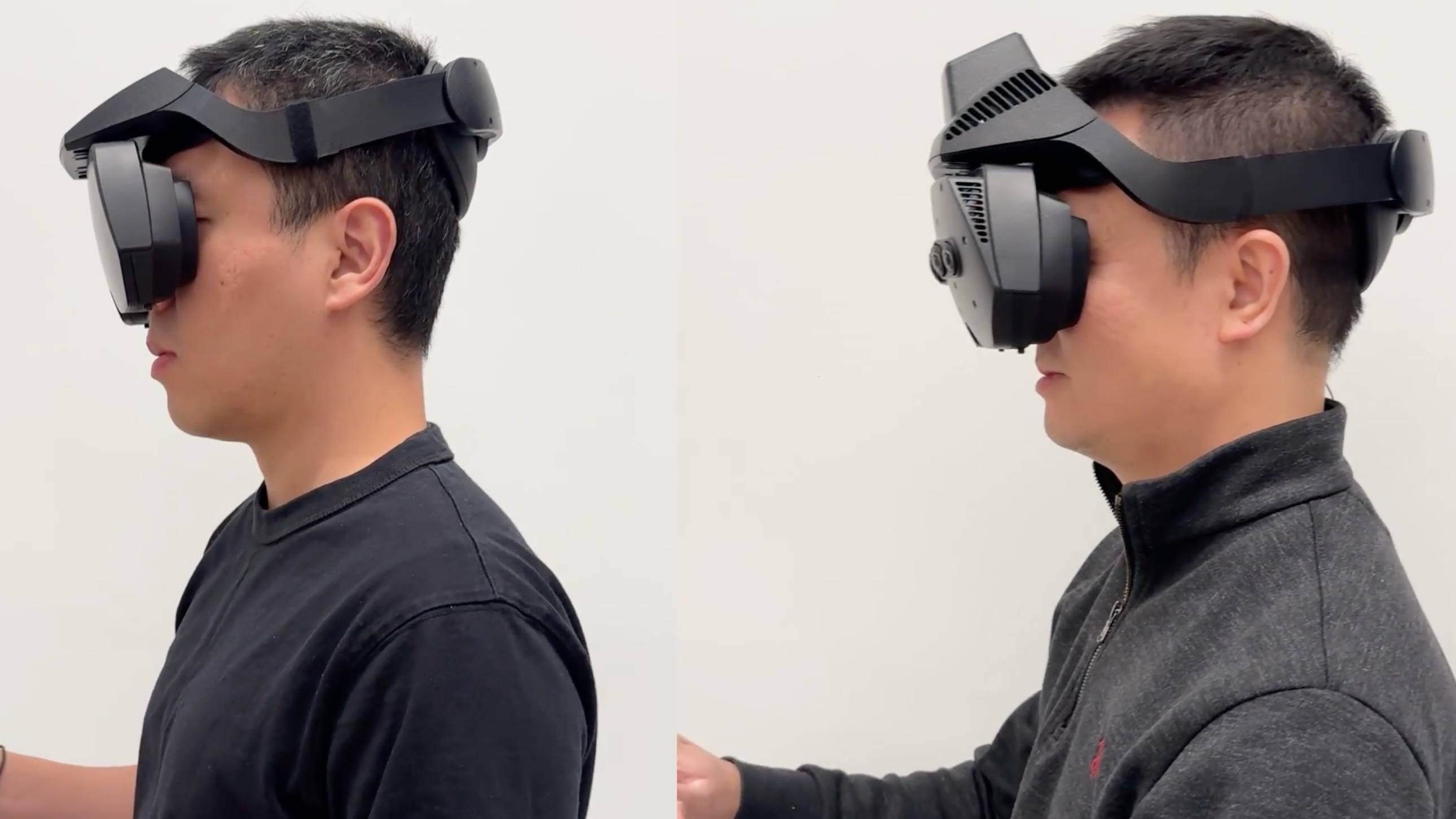
Is this an indication of a move to wristbands over the Meta Quest 3 controllers? For one, many VR games like Batman: Arkham Shadow and Asgard's Wrath 2 rely on buttons for much of their gameplay, so translating this into hand motions would be difficult. However, we may see further integration of hand-tracking, which is currently included on the Quest 3/3S.
Speaking of, we've now seen new Meta prototype headsets combine a goggle-like design with ultra-wide VR. If anything, this could be a sneak peek at the Quest 4!
Researchers at Meta Reality Labs revealed VR and MR headset prototypes offering an ultra-wide horizontal FOV of 180 degrees, with a goggle-like design that hangs over the user's face. This is a huge leap over the Meta Quest 3, which offers around a 100-degree FOV (Field of View).
The VR prototype uses "high-curvature reflective polarizers" in a custom optical design to achieve its ultra-wide field of view, while the MR headset also offers the same FOV but uses 80MP cameras at 60 frames per second (FPS).
A video showcases the difference in view between virtual and mixed reality, and there's a clear distinction in what is visible. Notably, the Quest 3 is shown with a circular view of an office, with the prototype's FOV offering a wider horizontal view — now with a person in sight.
You can see the difference in views in both VR and MR below.
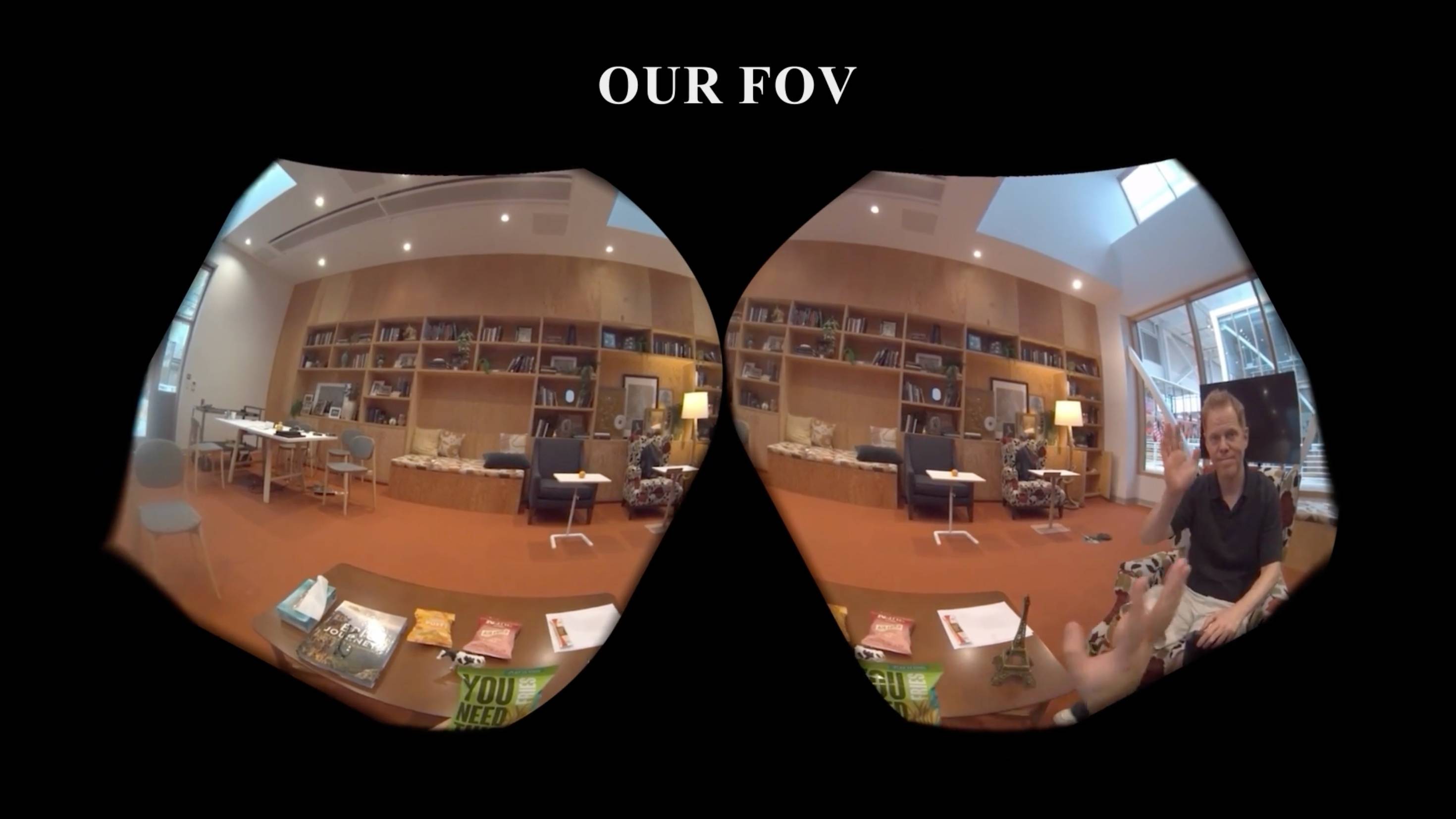
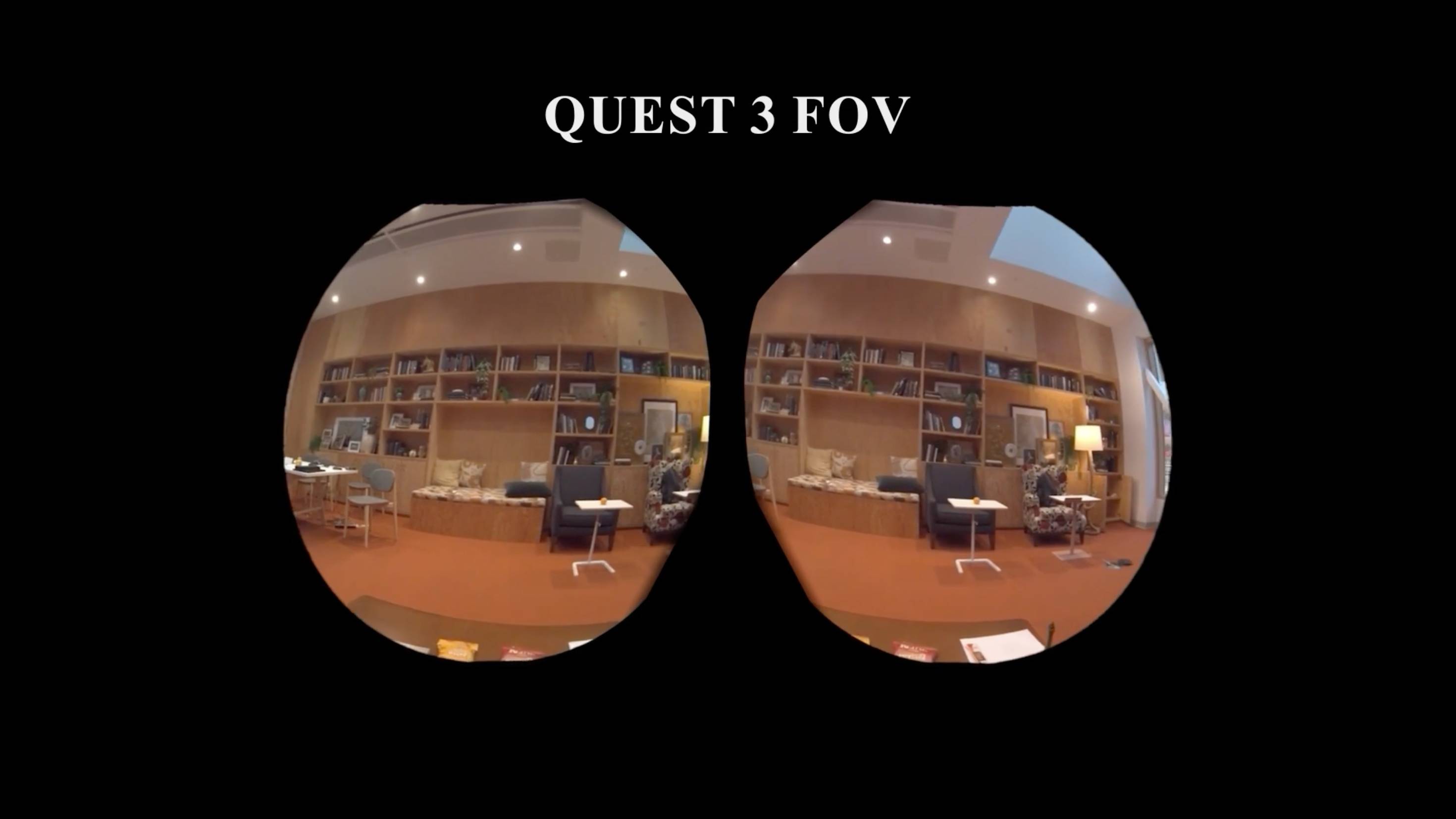
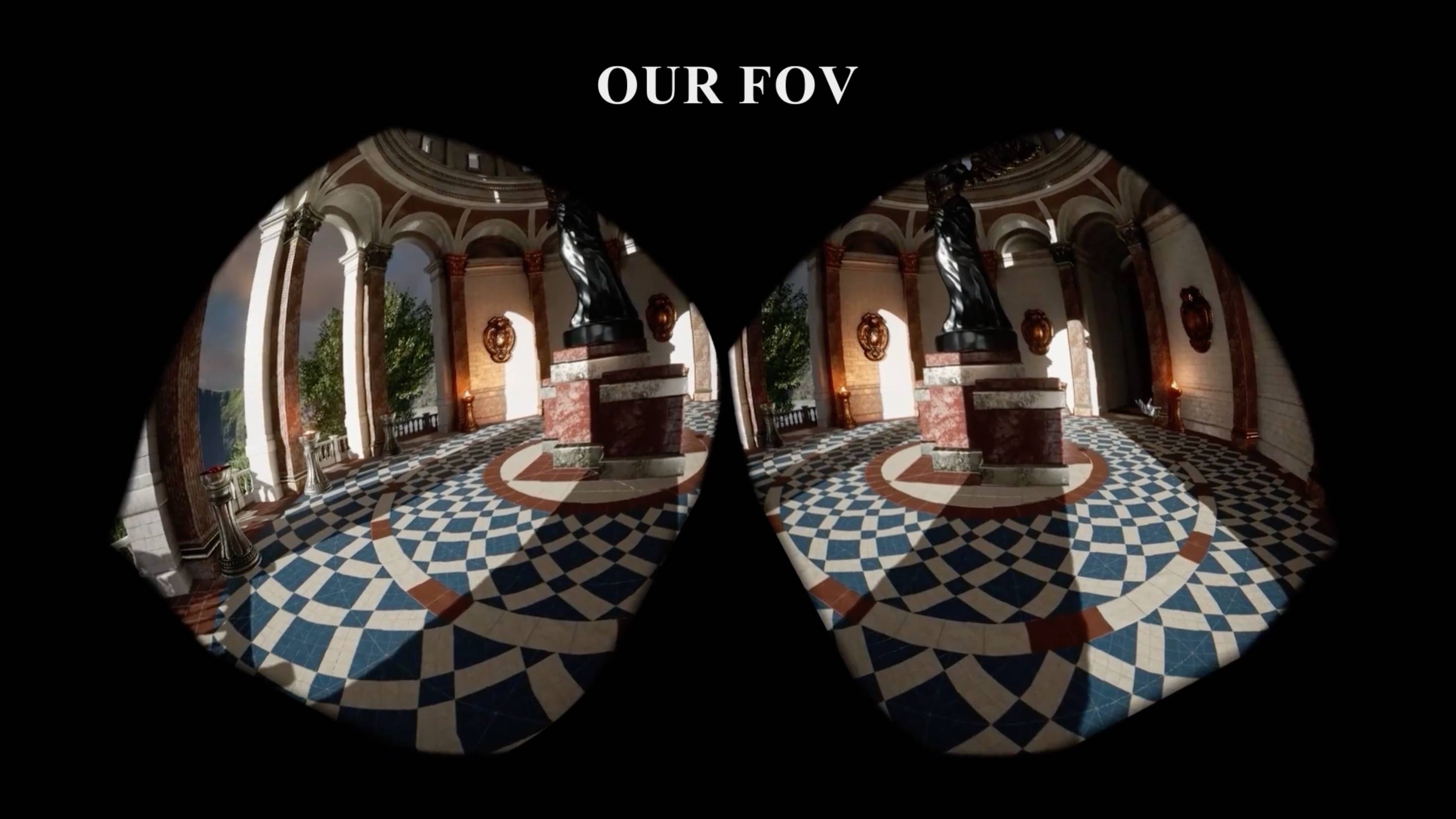
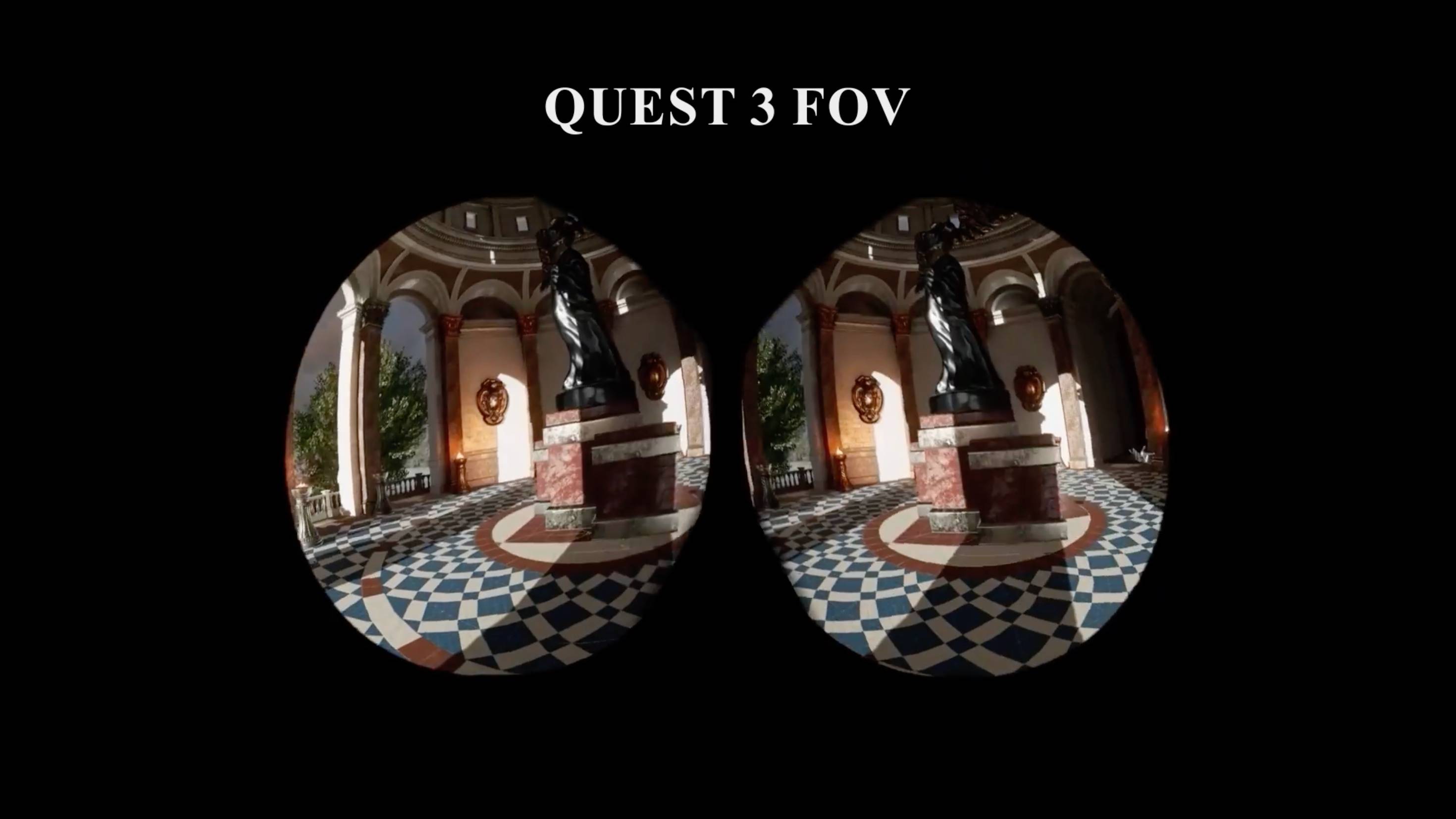
"We [developed] a pair of wide field-of-view headsets, each achieving a horizontal FOV of 180 degrees with resolution and form factor comparable to current consumer devices," the research report states. "Our prototype headsets establish a new state-of-the-art in immersive virtual and mixed reality experiences, pointing to the user benefits of wider FOVs for entertainment and telepresence applications."
As the report points out, humans have a horizontal field of view of around 200 degrees, so these headsets aim to bring our sight closer to what's seen in VR and MR. It also notes that other consumer VR devices offer a wide field of view, like the Pimax Crystal Super with its 140 FOV (as Road to VR points out), but "come at the cost of larger form factors, limiting physical comfort and social acceptance."
This would be a major upgrade, but it remains to be seen if we'll see the features of these prototypes in action anytime soon.
Otherwise, there's still a lot to learn about the design of the Meta Quest 4, but with the success of the Quest 3 and 3S and with the 3S Xbox Edition making gaming the focus of VR, it's likely we'll see a similar design to the current VR headsets.
That said, we hope to see improvements on its head strap for comfort, which is why other brands deliver better models, like the Kiwi Design H4 Boost Halo and K4 Boost.
Meta Quest 4: Expected price
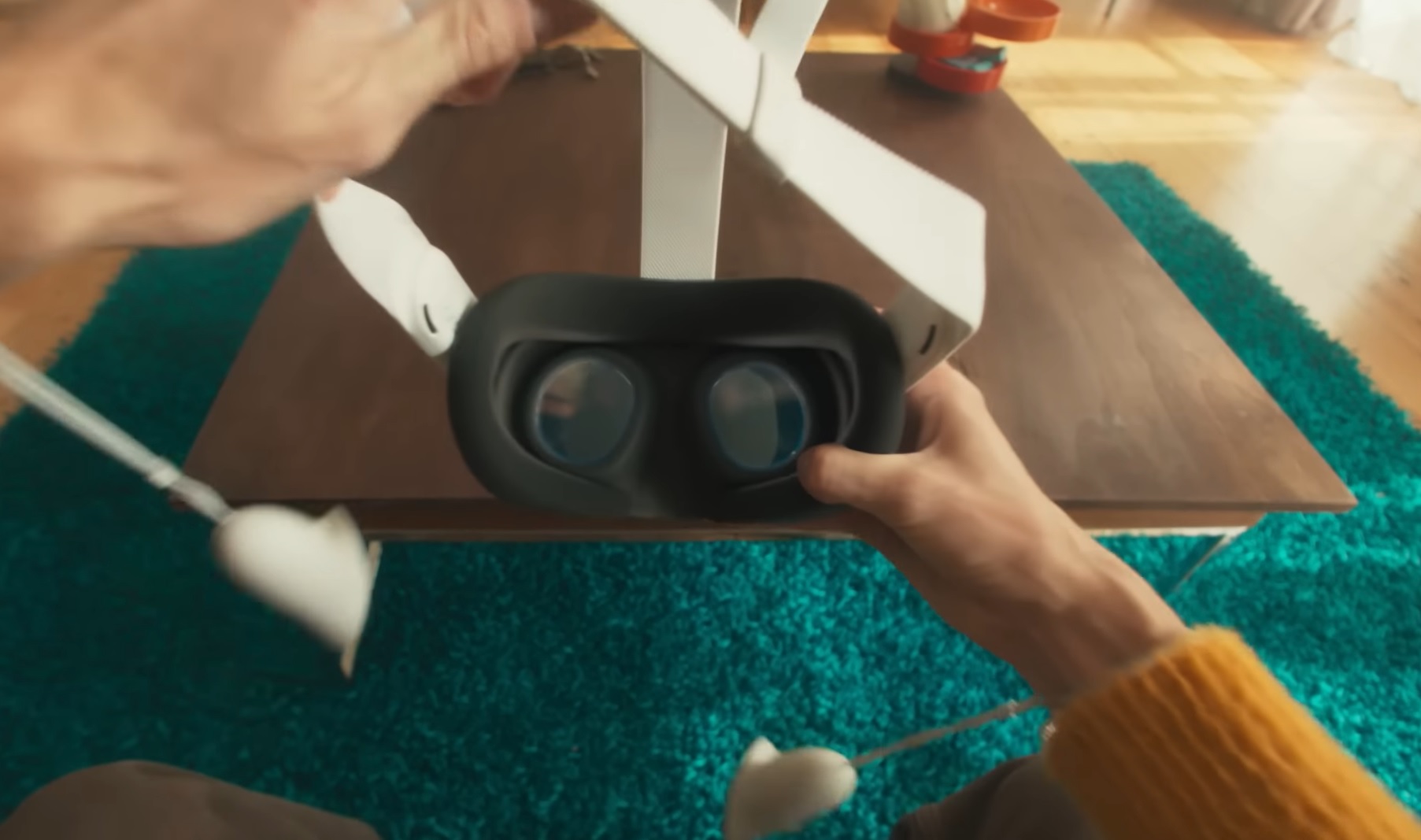
Compared to all other VR headsets on the market, the Quest 3, and especially the Quest 3S, are the most affordable way to jump on the VR bandwagon. With prices at $499 for the Quest 3 and $299 for the Quest 3S, a lot of the success of these headsets relies on the price.
That's something we hope to see with the Quest 4. We already saw the Quest Pro fall off due to its $999 launch price, and the $3,499 Apple Vision Pro didn't fare much better. If Meta is to succeed with its upgraded VR headset, it still needs to keep the price right.
Seeing as the Quest 3 512GB version is set at $649, I wouldn't be surprised to see Meta's rumored headset to be around the same price at launch, especially if it delivers upgraded specs as assumed. This may drop further down the line, but we hope the Meta 4 price doesn't reach the heights of other headsets like the $999 HTC Vive Focus or $549 PSVR 2 (now $399), which you need a $499 PS5 to use.
We're still a while away from a Meta Quest 4, so there's no telling how much it will end up costing. However, considering the success of Meta's current VR headsets, it's likely it won't be overly expensive.
Meta Quest 4: More headsets on the way?
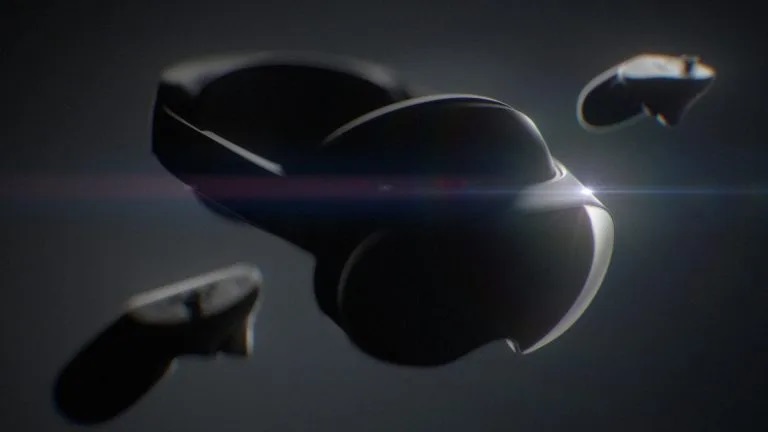
While the wait for the Meta Quest 4 may be long, perhaps another next-gen headset may take its place in the meantime.
Meta announced a partnership with Asus ROG to develop a "performance gaming headset" in 2024. However, hardly anything has come of it since (aside from the Meta Quest 3S Xbox Edition). But now, as Road to VR confirms, Meta still plans on bringing more VR headsets with Horizon OS.
Earlier this year, the Asus ROG VR headset, codenamed "Tarius," was rumored to be the first third-party headset to ship with Meta Horizon OS. Just like the Meta Quest 3 and 3S, it would offer familiar features, menus and even VR games. Think of it like the Asus ROG Xbox Ally bringing Microsoft's own gaming UI to a third-party handheld, but this time with Meta's VR space.
According to the leak from notable tipster Luna on X, the Asus ROG "Tarius" headset will feature eye-tracking and face-tracking, with either QD-LCD or micro-OLED displays. That, and local dimming to automatically adjust brightness in specific areas to improve picture quality.
That's not all, as Meta has detailed what Asus and Lenovo are planning. The Asus ROG is expected to be an "all-new performance gaming headset," while Lenovo aims to develop "mixed reality devices for productivity, learning, and entertainment."
Interestingly, as noted by Meta, these devices will "benefit" from the tech giant's collaboration with Qualcomm, suggesting these headsets will be powered by Snapdragon processors. While the Meta Quest 3 and Quest 3S use a Snapdragon XR2 Gen 2 chip, perhaps these third-party headsets are waiting for rumored chips to be announced during Qualcomm's upcoming Snapdragon Summit this September — such as the Snapdragon X2 Series.
Hopefully, it won't be much longer until we see Meta's partnership with Asus and Lenovo pay off.
Meta Quest 4: Worth the wait?

Reports that the Meta Quest 4 won't arrive until 2027 make sense, seeing as the Quest 3S only launched in October 2024. With the Quest 2 launching in 2020 and the Quest 3 in 2023, the Quest 4 lines up with a 2027 release date after the tech giant has finally put its stamp on the AR glasses market.
But there's a lot to look forward to once the Quest 4 arrives, if recent successes are anything to go by. We've seen impressive games such as Batman: Arkham Shadows, Meta's partnership with James Cameron for upcoming exclusive mixed-reality content and a pairing between the Quest 3/3S with Windows 11 to offer three virtual displays. With these perks in mind, Meta could continue to offer more advanced features such as these on its Quest 4.
I've noted that Meta Quest saw its best year yet in 2024. Here's hoping the company continues that trend with its rumored upcoming devices.
More from Tom's Guide
- I tested the Viture Beast glasses — should you wait for these AR glasses launching in October?
- I have no artistic bone in my body, but this Meta Quest VR app just taught me how to draw
- I can't put my Meta Quest 3 down thanks to this VR accessory — and now I can't imagine playing without it

Darragh is Tom’s Guide’s Computing Editor and is fascinated by all things bizarre in tech. His work can be seen in Laptop Mag, Mashable, Android Police, Shortlist Dubai, Proton, theBit.nz, ReviewsFire and more. When he's not checking out the latest devices and all things computing, he can be found going for dreaded long runs, watching terrible shark movies and trying to find time to game
You must confirm your public display name before commenting
Please logout and then login again, you will then be prompted to enter your display name.
